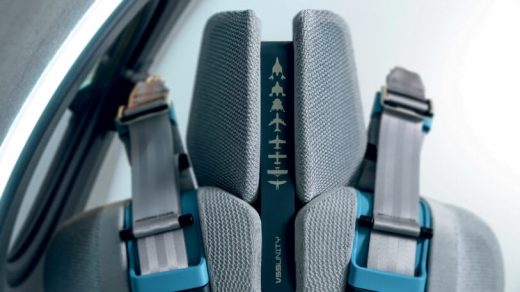A first look inside Virgin Galactic’s glamorous new spaceplane
The commercial space race is heating up. Today Virgin Galactic is releasing the design of the interior cabin of its SpaceShipTwo, a space vehicle the company plans to use to take paying customers—tickets start at $250,000—on a suborbital journey outside of Earth’s atmosphere and back. For aspiring amateur astronauts, it’s a vision of what it might actually look like to take that trip toward the stars.
Designed in collaboration with London-based design agency Seymourpowell, the cabin is an attempt to set the standard for this particular form of high-end travel. Jeremy White, director of transport at Seymourpowell, says it’s like creating a whole new space aesthetic. “We had the rare opportunity to have the freedom to do that,” he says. And though the agency has experience designing interiors of private jets and details on cars for Ford, White says it was important to start this assignment on a clean slate. “We sort of purposely didn’t look to aviation or automotive for inspiration.”
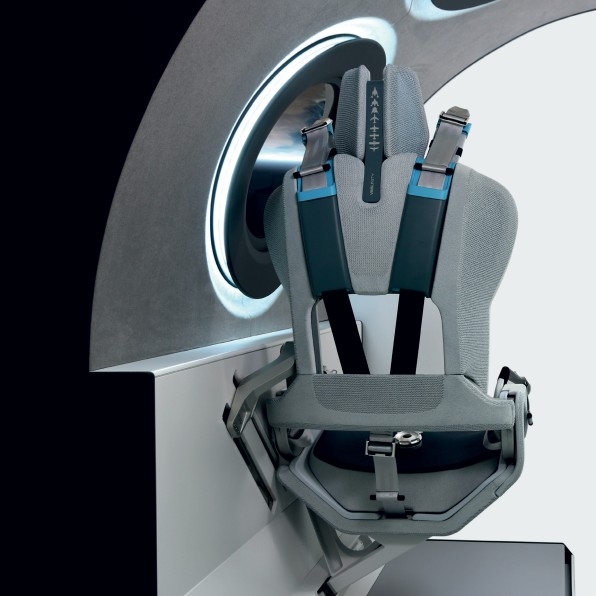
Virgin Galactic’s release of this cabin design is as much sneak peek as it is a thumb of the nose at the two other big names in the commercial space business: Amazon founder Jeff Bezos’s Blue Origin and Tesla founder Elon Musk’s SpaceX. While SpaceX has made progress with reusable rockets and its successful flight of NASA astronauts to the International Space Station in May, Virgin Galactic is hoping to beat Blue Origin to the space tourism market. Virgin Galactic flights were once expected to take off at some point in 2020, but that timeline has since been delayed. The company is accepting flight registrations, at a refundable cost of $1,000, and is also releasing an augmented reality app people can download to explore the cabin design—and maybe convince themselves to sign up for a ride.
The cabin is not wholly unfamiliar, despite the designers’ blank slate. Something like a small-sized jet, the tubular interior space has the dimensions familiar to any commercial air traveler. But the interior has been completely rethought to accommodate the unique conditions of flying at great speeds into zero gravity.

The interior is a mood-lit minimal space lined with eight specially designed seats that recline back to look up at a ceiling bubbled with 12 windows that, upon exiting the atmosphere, will offer a view back to Earth. Passengers will be released from their reclining chairs and left free to float around the cabin, grabbing onto soft handholds around the windows while embedded cameras record photo and video keepsakes of the experience. The seats will fall as flat as possible to help transform the cabin from passenger seating to zero-gravity playground. A large mirror inside was added to give passengers the experience of seeing themselves floating in space.
Customer feedback and ideas were used to guide the physical space and the flight experience, says Stephen Attenborough, commercial director at Virgin Galactic. Roughly 600 people have already reserved flights from the company. Their expectations for the flight and motivations for signing up—from childhood aspirations of working at NASA to space dreams straight out of science fiction—have been used to inform the design. “We have effectively built this spaceship from the inside out,” Attenborough says.
The customers will also be guiding the physical infrastructure of the cabin. Seats made from aluminum and carbon fiber will be adjusted specifically to fit each passenger’s body measurements, ensuring safe harnessing against the flight’s high gravitational forces, expected to peak at roughly four times as strong as what’s experienced on Earth. “Unlike other transportation environments where we don’t know the customers or who’s going to come through the door, we know the customers well,” White says.
While much of the design was geared around creating a safe and enjoyable experience for passengers, there were also some practicalities to contend with. For example, unlike an unbuckled car seatbelt that recoils back into its casing, the five-point harnesses that open to release passengers during the flight’s zero-gravity portion raised the danger of what White calls “kelping”—wavy belts drifting off and impeding the floating experience. Through their own research trips on zero-gravity parabolic flights, the designers developed a mechanism to control the harnesses and prevent the kelping. Though the cabin designs are being released today, the mechanism behind this small but important edge in the commercial space race will remain undisclosed, White says. “That’s top secret.”
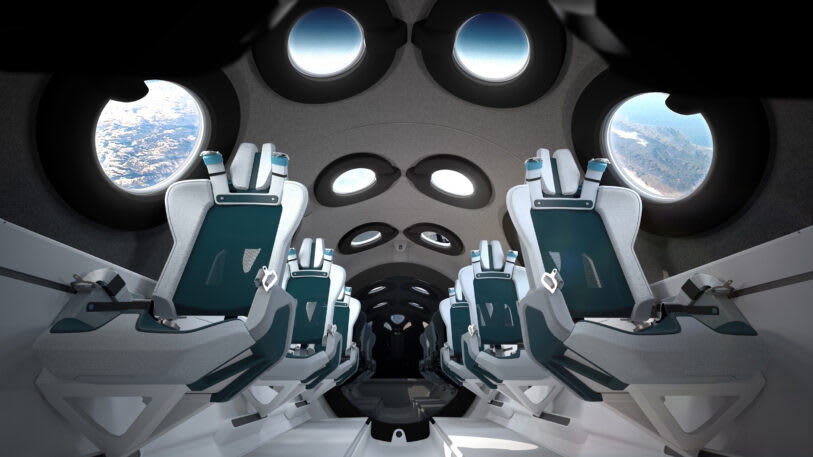
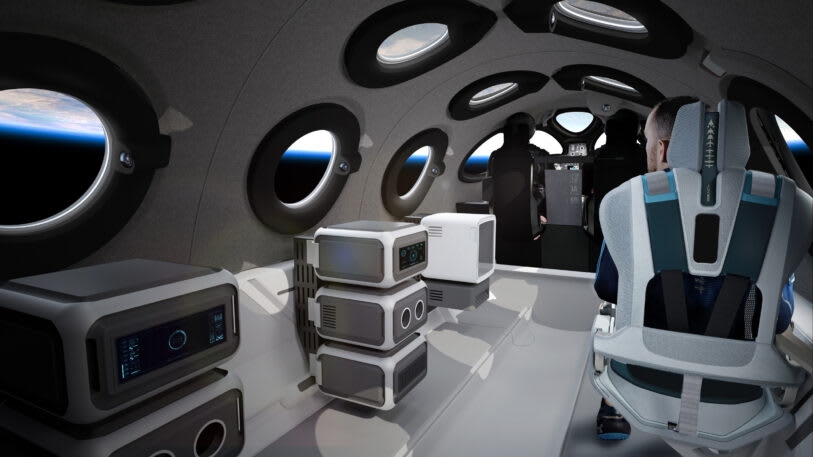
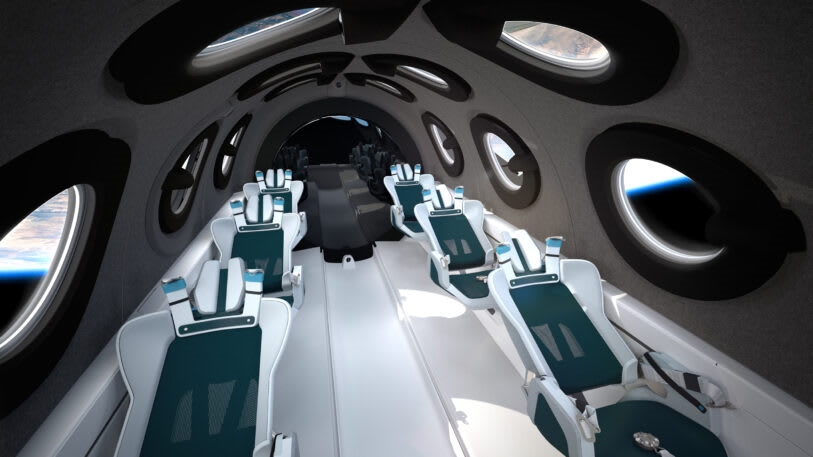
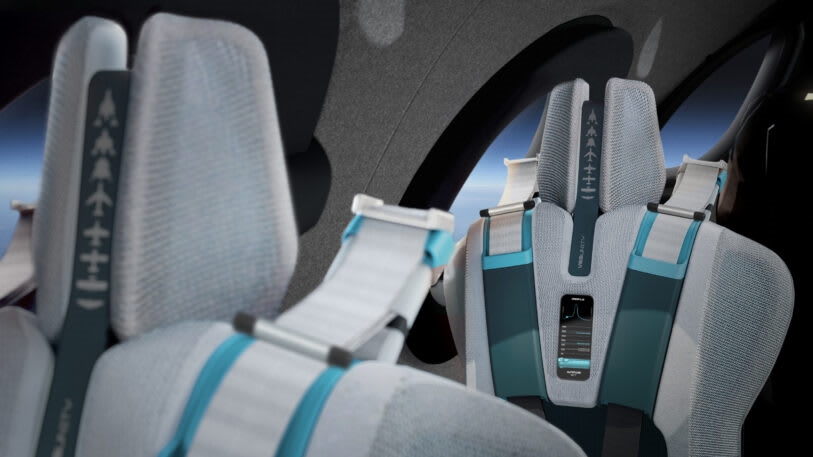
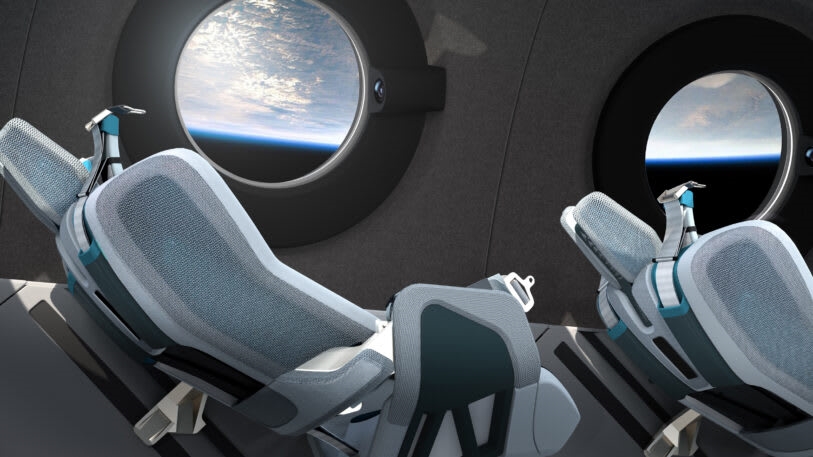
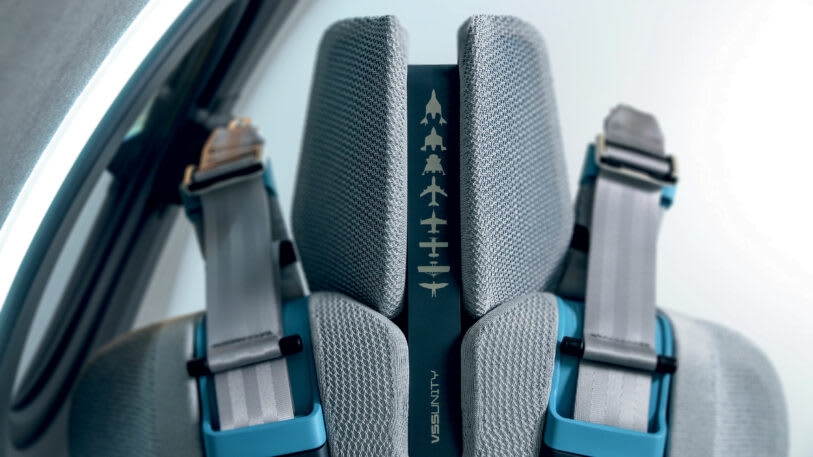
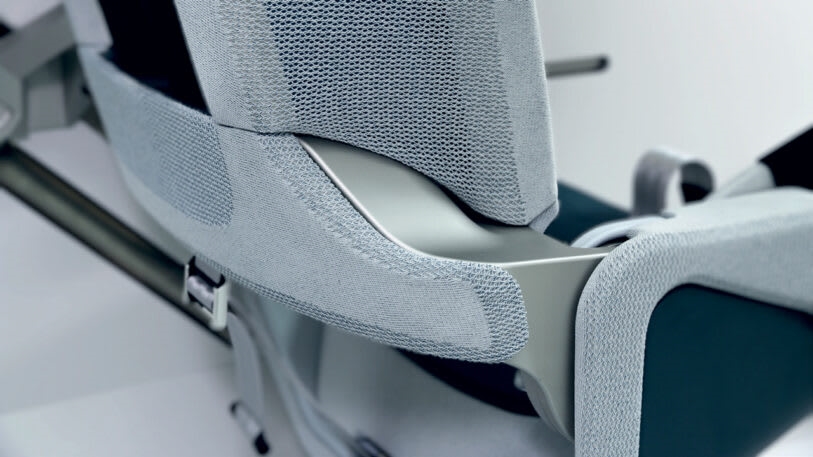
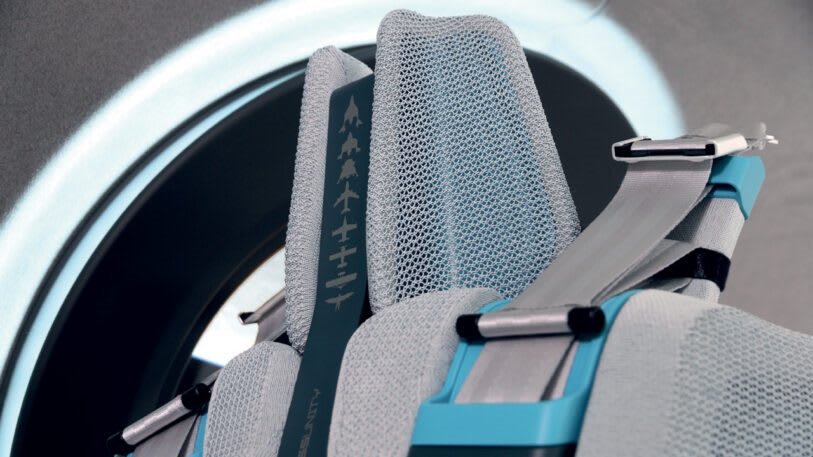
Fast Company , Read Full Story
(21)

